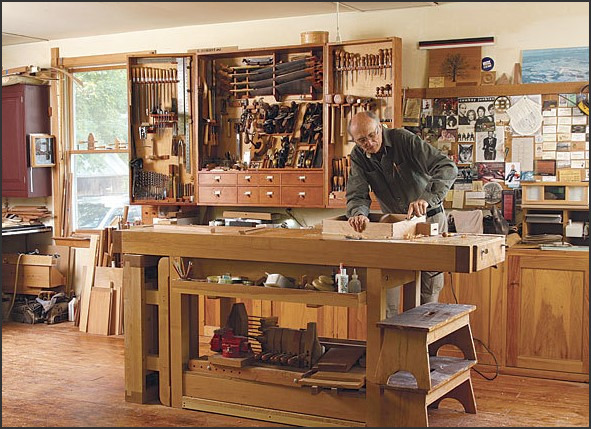Workshop Wonder: Ideas for an Efficient Woodworking Shop

Source : https://images.finewoodworking.com
Workshop Wonder: Ideas for an Efficient Woodworking Shop is a comprehensive guide that provides innovative and practical ideas for setting up and managing a woodworking shop. It covers a wide range of topics from the basic layout of the shop, selection of tools and equipment, to storage solutions and safety measures. The book is designed to help both beginners and experienced woodworkers create a more productive and efficient workspace. It offers valuable insights into the art of woodworking, with a focus on maximizing space, improving workflow, and maintaining a safe and clean environment.
Maximizing Your Space: Top Woodworking Shop Ideas for an Efficient Workshop Wonder
Workshop Wonder: Ideas for an Efficient Woodworking Shop
Maximizing your space is a crucial aspect of creating an efficient woodworking shop. Whether you’re a seasoned professional or a novice hobbyist, the layout and organization of your workspace can significantly impact your productivity and the quality of your work. This article will provide you with some top woodworking shop ideas to transform your workshop into an efficient wonder.
The first step in maximizing your space is to take a comprehensive inventory of your tools and materials. Knowing exactly what you have and how often you use it will help you design a layout that prioritizes accessibility. Frequently used tools should be within easy reach, while less commonly used items can be stored away. This not only saves time but also reduces the risk of accidents caused by clutter.
Once you have a clear understanding of your inventory, you can start planning your layout. The key to an efficient layout is to minimize movement. Consider the flow of your work process and arrange your tools and workstations accordingly. For instance, if you often move from the table saw to the workbench, these should be positioned close to each other. This concept, known as ‘work flow’, is a fundamental principle in workshop design and can significantly enhance your productivity.
Another important aspect of maximizing your space is vertical storage. Walls, ceilings, and even the sides of workbenches can be utilized for storage, freeing up valuable floor space. Pegboards are a popular choice for tool storage as they allow for flexibility and visibility. Overhead racks can be used for storing larger items like wood planks or sheets of plywood. Remember, the goal is to keep your workspace clear and your tools organized.
Lighting is another crucial element in an efficient woodworking shop. Good lighting not only makes your work easier but also safer. Ideally, you should have a combination of general, task, and safety lighting. General lighting illuminates the entire space, task lighting focuses on specific work areas, and safety lighting highlights potential hazards like steps or low ceilings. Natural light is also beneficial, so consider this when positioning your workstations.
Dust management is a critical, yet often overlooked, aspect of workshop efficiency. Wood dust can be hazardous to your health and can also interfere with the precision of your work. A good dust collection system, combined with regular cleaning, can significantly improve the air quality in your shop.
Lastly, consider investing in mobile bases for your larger tools. This allows you to easily reconfigure your workspace to accommodate different projects, making your shop more versatile and adaptable.
In conclusion, an efficient woodworking shop is well-organized, well-lit, and adaptable. By taking the time to plan your layout, utilize vertical storage, manage dust, and invest in good lighting and mobile bases, you can transform your workshop into a truly efficient space. Remember, the goal is not just to maximize space, but to create a safe, productive environment that supports your craft and enhances your woodworking experience.